Your first and last car might not be the most catchy of advertising slogans, but it’s undoubtedly true of the species known as ‘sub-B’, ‘A-segment’, or ‘city cars’ as they are dubbed by the EU. Under four metres in length (often nearer 3.5m), these are tiny but up-to-the-minute cars that are economical and cheap to run, with the most modern safety and emissions equipment.
They’re bought mostly by people at each end of the age spectrum: young and old, none of them particularly wealthy. An A-segment car represents a sizeable part of their disposable income, but it means freedom to work, to socialise with family and friends, and is individual mobility in a way most wealthier folk take for granted.
They’re popular, too, with A-segment sales representing a steady 8% of the annual European new car market of about 15 million. In Italy, such cars account for about 15% of the market.
But they’re also in danger of extinction and the EU is being blamed for this, accused of gross anomalies in emissions and safety standards for new cars, as well as undemocratic and unrealistic voting by the European Parliament.
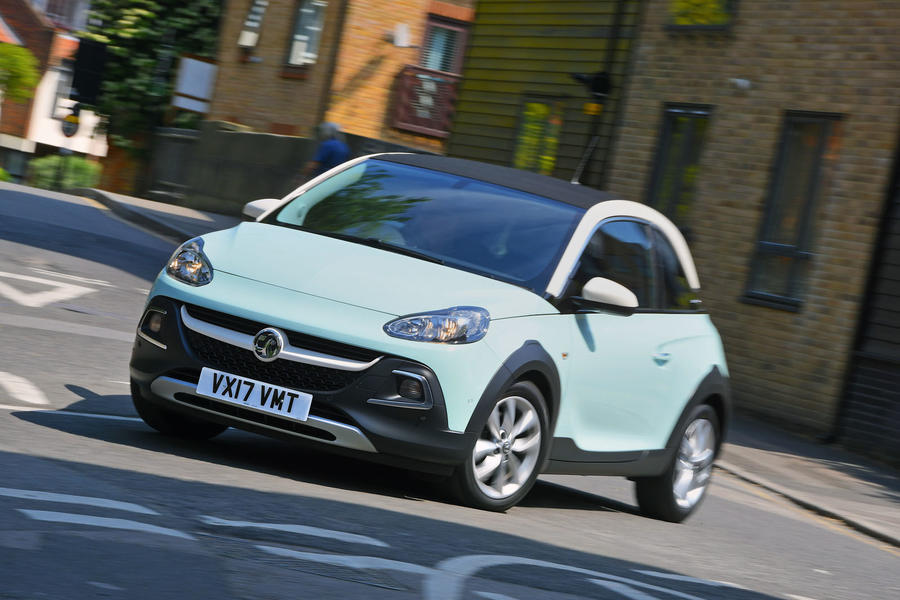
Leaders in the A-segment include: Fiat’s Fiat Panda and Fiat 500; Volkswagen’s Volkswagen Up and its badge-engineered spin-offs, the Skoda Citigo and Seat Mii; Ford’s Ford Fiesta-based Ford Ka+; Toyota’s Toyota Aygo and its spin-offs, the Peugeot 108 and Citroën C1; Renault’s Twingo; and Vauxhall’s Adam. With the exception of Toyota, not one of these car makers has expressed a firm commitment to replace their A-segment cars. Vauxhall withdrew its Adam from sale this year and most of these small cars have a bleak future.
“An A [A-segment car] is often the first car young people buy,” said Olivier Murguet, Renault’s sales and marketing head, “and they are still profitable from a global perspective. We sell 200,000 in Latin America and India, but we have to be very careful where we launch. Emerging markets are still profitable.”
But not Europe, it appears. At the heart of this issue is the EU’s new CO2 emissions requirements, which are not only the world’s toughest but also fall unevenly heavily on A-segment cars.

PSA boss Carlos Tavares was curt about the issue at the Geneva motor show in March: “The economics of small cars [is] simple,” he said. “You need to look at the way the CO2 legislation structure is written: the lighter the car, the more demanding the CO2 regulation. So small cars are very demanding on CO2 and the only way is to get rid of the ICE [internal combustion engine] in them.”
At the same show, Jürgen Stackmann, VW’s sales and marketing boss, told Autocar: “If Europe is pursuing this legal target, there is no single business case for cars the size of the Up. They are too small for the new technology and the engine can’t meet the CO2 targets. You’d need to sell an EV [like an ID] just to be able to sell a city car.”
The death blow to these small cars comes in the form of two stages of mandated CO2 requirements coming down the pipeline. From next year, the EU will require average CO2 emissions of 95g/km from car makers with a few exceptions for 12 months, whereupon the average emissions of all newly registered cars will have to be below 95g/km. Fines for not meeting these standards are exorbitant: €95 (roughly £82) for each 1g/km over the limit for each car produced. European research specialist Jato Dynamics estimates that, based on 2018 CO2 emissions, industry fines could be as much as €34 billion (£29bn) in 2021, with VW, PSA, Renault, Fiat and Daimler predicted to be the worst affected.

Tavares said PSA will not incur fines “but there will be consequences and the EU might not like them”.
The second part of the CO2 sledgehammer was voted in by the European Parliament last year and ratified in April. This mandates that, by 2030, there will be a 37.5% cut in corporate average CO2 emissions from 2021’s 95g/km limit, which effectively means an average CO2 figure of about 60g/km.
The level of these cuts surprised observers because they were much larger than those recommended by the European Automobile Manufacturers’ Association (ACEA), and even those advised by the parliament’s own technocrats and law framers, the European Commission. The targets will also be almost impossible to meet without radical and widespread adoption of battery-electric vehicles.
Small cars, small profits
The economics of making small cars was summed up in the 1970s by Henry Ford II when he saw his engineers’ plans for the Ford Fiesta. “Small car, small profits,” he is reported to have grumbled.
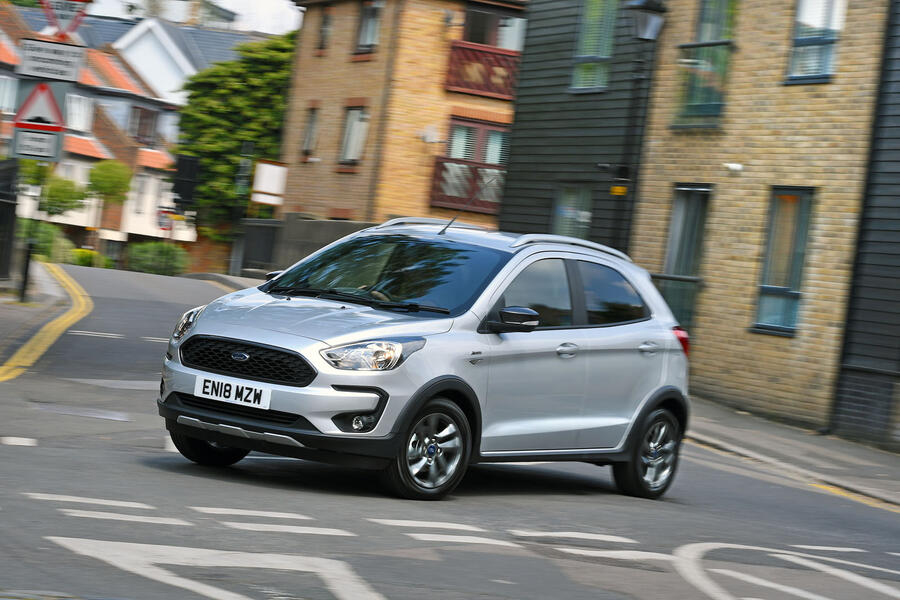
Nothing much has changed since then, as Seat boss Luca de Meo confirmed at Frankfurt. He said that even a large B-sector [supermini] car with a viable price is a tough call to develop and that electric versions of these cars are unlikely to make any money for their makers until battery packs have a cost parity with internal combustion engines, which is some way off.
“Zero CO2 is a target worth fighting for,” he said, “but it’s a huge stress for our company, and as for the €30,000 [£26,000] B-class cars at this show – pah!”
Battery-electric cars are the current darlings of a mass-media love affair with electric traction. Yet Tavares spelled out the problems. “On cars with such small price tags,” he said, “the battery can be up to 70% of the cost of the car. So you are going to see a segment of cars [A-sector] disappear, because if you put a price on them to make them sustainable, that’s a price that young people can’t afford.”
But how real are the fuel and CO2 savings going to be as a result of getting rid of A-segment cars? Small cars have much lower annual mileages than bigger models – typically around 8000 miles for a B-sector supermini and even less for an A-segment car – so they simply don’t get used as much or use as much fuel as larger cars, which makes them inherently cleaner. And although the nominal CO2 contribution of an A-sector car might seem relatively high on paper, it’s hard to believe that a 2.5-tonne plug-in hybrid SUV with its WLTP test emissions of less than 50g/km is half as polluting as a 900kg city car producing CO2 emissions of around 100g/km. Moreover, do we know whether the owners of these monster plug-in SUVs are actually plugging them in?
It doesn’t seem fair, either, that the cost of the crash-impact safety, which has to be built into an A-sector car to enable its passengers to survive an impact with a large, heavy SUV, is carried by the A-segment car’s buyer alone. In 2001, Bernd Pischetsrieder, then head of VW, wistfully pointed out that if you took the safety and environmental equipment out of a standard VW small family car and laid it out on a workshop floor, you’d be looking at the cost of a complete VW small family car in Brazil. Since then, his example will have become more extreme.
What’s more, no one has yet explained how 1.2 million new A-sector car buyers a year being forced into purchasing bigger and more thirsty cars, or used cars without the most modern safety and emissions equipment, will benefit European CO2 emissions, air pollution or road safety.
The EU’s new emissions legislation has put the economics of car making into a tumble dryer where profit is as much dependent on not paying fines as it is making profitable cars as efficiently as possible.

All the while, it seems car makers are free to carry any amount of penalty-free energy in a lithium ion battery car. Porsche’s new Taycan, for example, like all battery-electric cars, has zero tailpipe emissions, but it isn’t an environmental-free lunch and, using the latest UK energy consumption CO2 figures, the Turbo model’s best-case ‘well-to-wheel’ greenhouse-gas emissions are 92g/km*. You might wonder also how it is that the buyer of such expensive battery-electric cars are subsidised by the government to the tune of £3500 against the purchase price, with additional generous tax benefits in running the car.
True environmental cost
It’s inconvenient truths like this that, Tavares thinks, are examples of the “superficiality of thinking” around the issue of CO2 reduction at the level of European governments and the EU.
“The reality is,” he said, “if you only look at tailpipe emissions and not the vehicle’s life cycle, then you are never going to see the true cost to the environment. And there is no European agency at the moment which coordinates and counts these things.”
What’s more, Tavares has accused ministers of the European Parliament of environmental grandstanding.
“There have been extreme positions coming from countries which don’t have an automobile industry,” he said last year after the parliament’s vote. “Where was the mandate?”
There were, however, equally split positions within member countries. Even in car-producing Germany, there was a desire for greater leniency on CO2 from the transport and economy ministries, while the environment and finance took tougher stances.
There are, of course, other consequences of Europe’s extreme position on road transport CO2 emissions (which aren’t matched by its requirements of the aviation, energy generation, building and manufacturing industries). These include the effects on Europe’s 13 million car manufacturing jobs, as well as university funding, engineering training and research and development spending.
A recent ACEA report warned that effectively mandating battery-electric cars will lead to a 38% fall in parts sourced from European-based suppliers, with a knock-on effect on profitability, employment and high-skills training. There are also concerns about the advisability of passing production of a major part of the car’s value to China and the Far East because there simply isn’t the time to set up European battery-cell champions within the compulsory timetable.
But A-sector cars will be the first casualties…
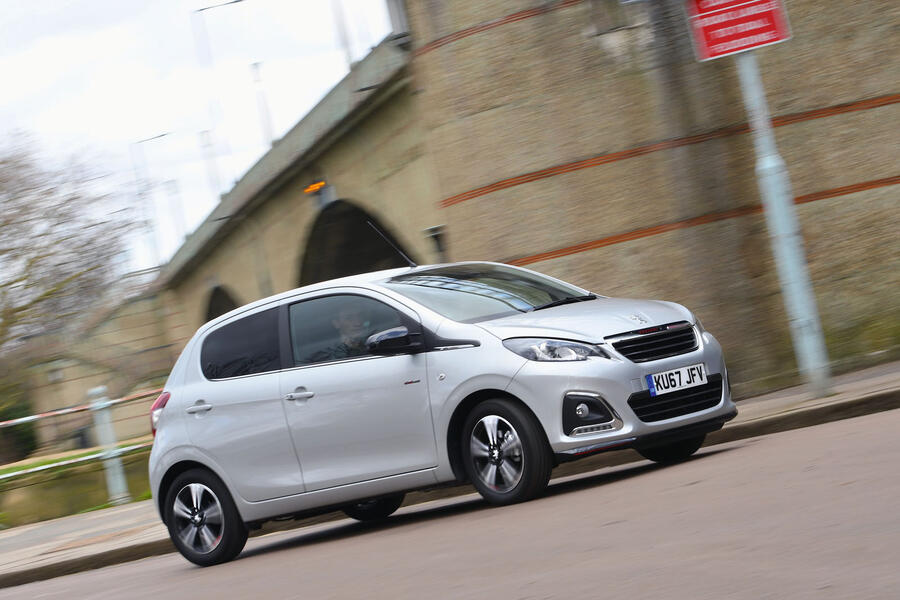
“The adoption of the legislation setting new CO2 emission standards for cars and vans is an important achievement,” said Miguel Arias Cañete, commissioner for climate action and energy, in April. “We are putting the transport sector on the right pathway towards clean mobility, helping EU industry to modernise and strengthen its competitive position on the global stage.”
On its own website, the EU states it “works for social equality… and tries to protect the weakest. It seeks to prevent social exclusion and discrimination.”
Brushing aside Cañete’s corporate boilerplate, I contacted a number of UK MEPs to see if they wanted to comment on the vote, the standards it has rushed in and their effect on the small A-segment cars and the individual transport choices available to their most vulnerable constituents in the most far-flung parts.
To date, I have not received a single reply.
“Ah yes,” said Peugeot boss Jean-Philippe Imparato when I told him about this lack of response. “You vote on Sunday and you pay on Monday…”
Could kei cars be the answer?

Celebrating their 70th anniversary this year, Japanese kei (light) cars were originally created in 1949 with the establishment of a set of maximum body-size and engine-capacity limits for a class of vehicle that would provide economical transport for individuals and businesses, get the country moving after World War II and encourage the establishment of a domestic car industry.
With their distinctive yellow numberplates, kei cars and commercial vehicles attract significant tax advantages. They are also exempt from the requirement to prove that you have a parking space before you can own a car, a precondition that still operates in many towns and cities outside Tokyo.
These Japanese ‘people’s cars’ have proved incredibly popular: witness the fact that kei cars represented almost 36% of the 62 million cars on Japanese roads in 2017 and 33% of the almost 4.4 million new-car registrations.
Initially restricted to a maximum length of 2.8m, with no more than 150cc four-stroke or 100cc two-stroke engines, the requirements for kei cars have been revamped several times over the years. They now stipulate a maximum length of 3.4m and width of 1.48m, with engines displacing no more than 660cc and producing no more than 63bhp.

But could they provide an economical alternative to A-segment cars, which are so hard to produce at a profit? After all, they are small enough, their R&D costs have been amortised in Japan so they could be marginally priced, and they’re already proving a big success in countries such as India.
At the recent Tokyo motor show, the signs were mixed.
“Kei cars would be ideal,” said Hiroshi Nagaoka, R&D boss at Mitsubishi, which shares design and production of kei cars with its alliance partner Nissan. “Suzuki runs a big kei car business in India and it has achieved a big market share. But compared to Japan, Indian regulations are more relaxed. On the other hand, Europe is the toughest… To meet European standards on emissions and safety would be difficult.”
His colleague Guillaume Cartier, Mitsubishi’s sales and marketing director, also pointed out that kei cars aren’t very profitable.
It was a similar tale at Suzuki and Nissan, where engineers said the market is very tight and only just profitable (hence the number of co-operation deals), and they gave a thumbs down to getting kei cars past Europe’s tough safety and emissions requirements. Apparently, it’s side-impact protection that is the big problem and it’s almost insurmountable without radical and costly surgery.
It would take a lot of innovative thinking by European legislators to find a way to allow these little cars into Europe – speed restrictors, perhaps, or restricted access to motorways? The trouble is, if you allow derogations for one, then they should be for all A-segment cars, and like the 2.0-litre company car tax era in the 1980s, the unintended consequences could create a monster of unsafe tiny vehicles on our roads.
So for the moment, it doesn’t look very likely that kei cars will save the day.
Andrew English
READ MORE
Analysis: How car production will become CO2-neutral

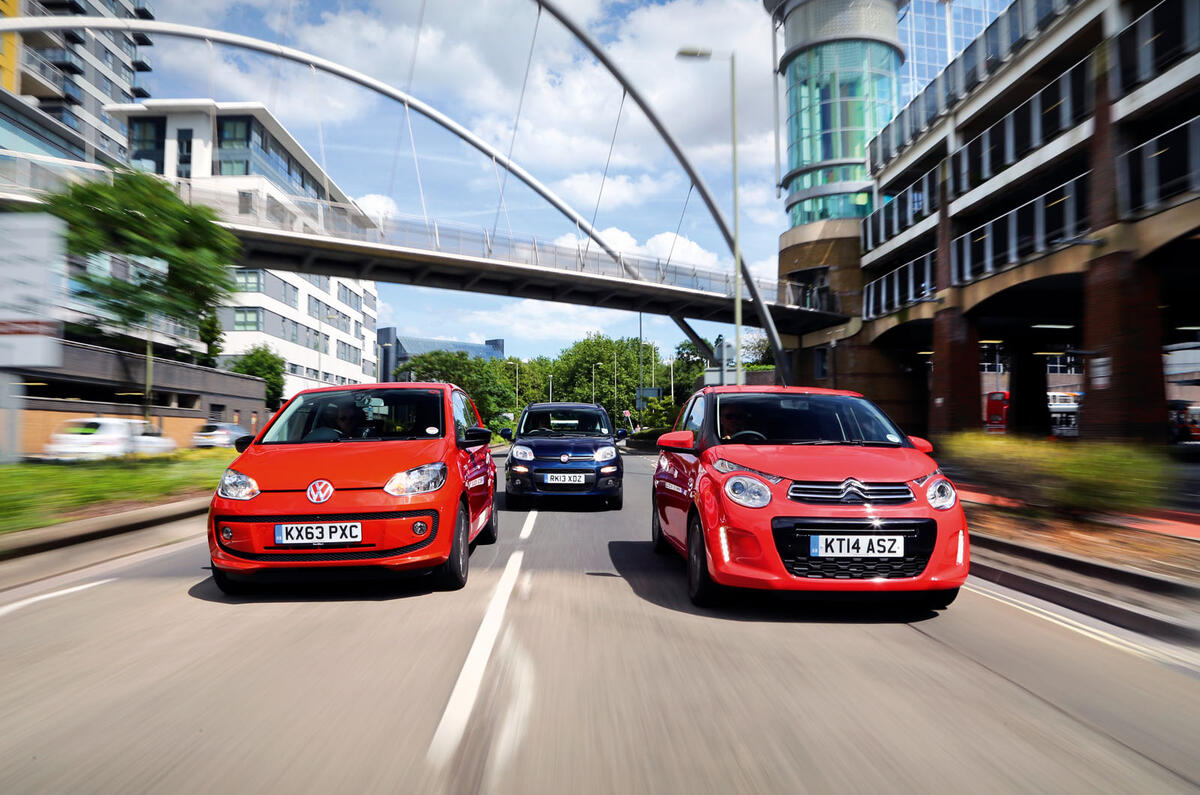
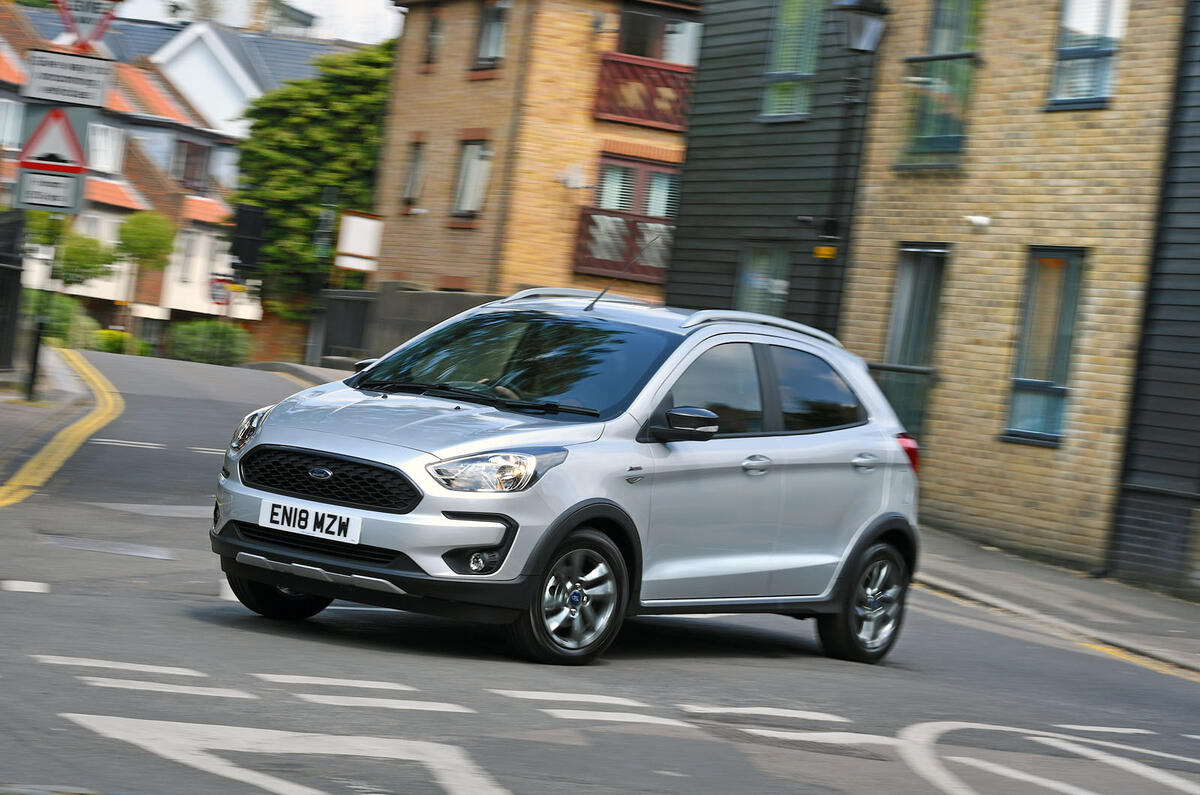
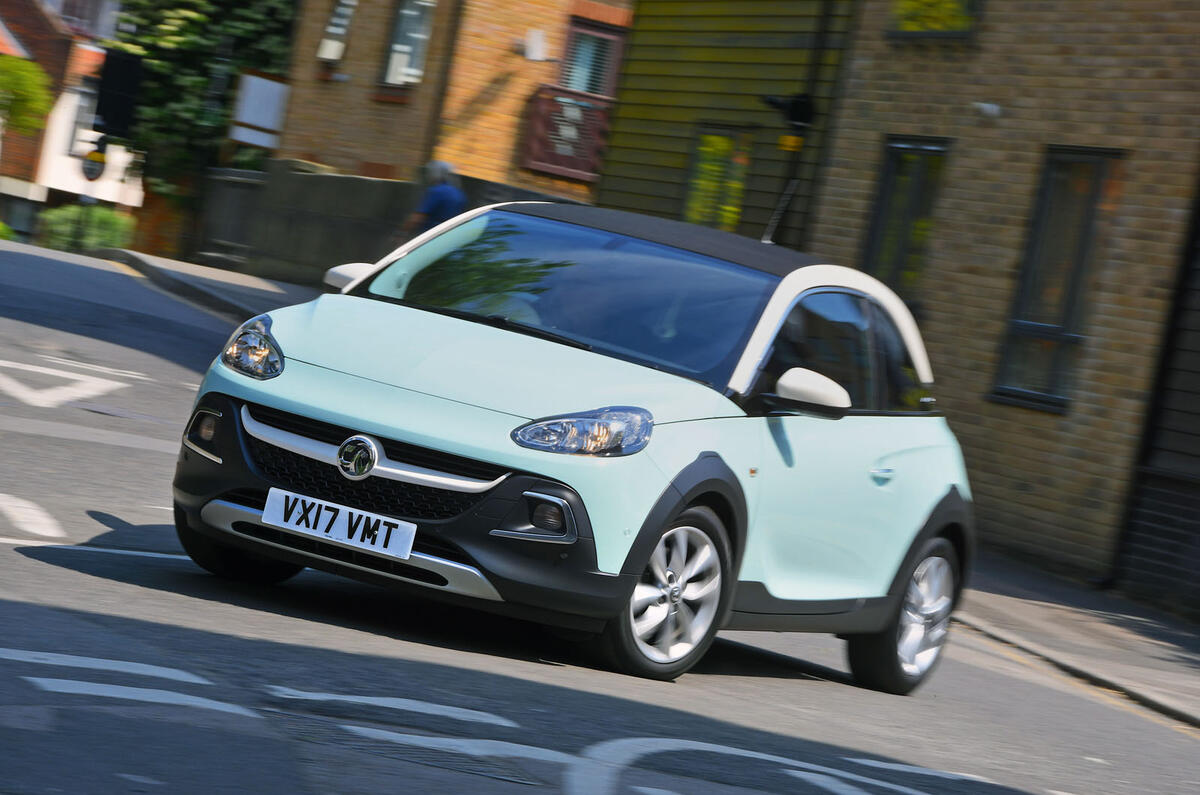
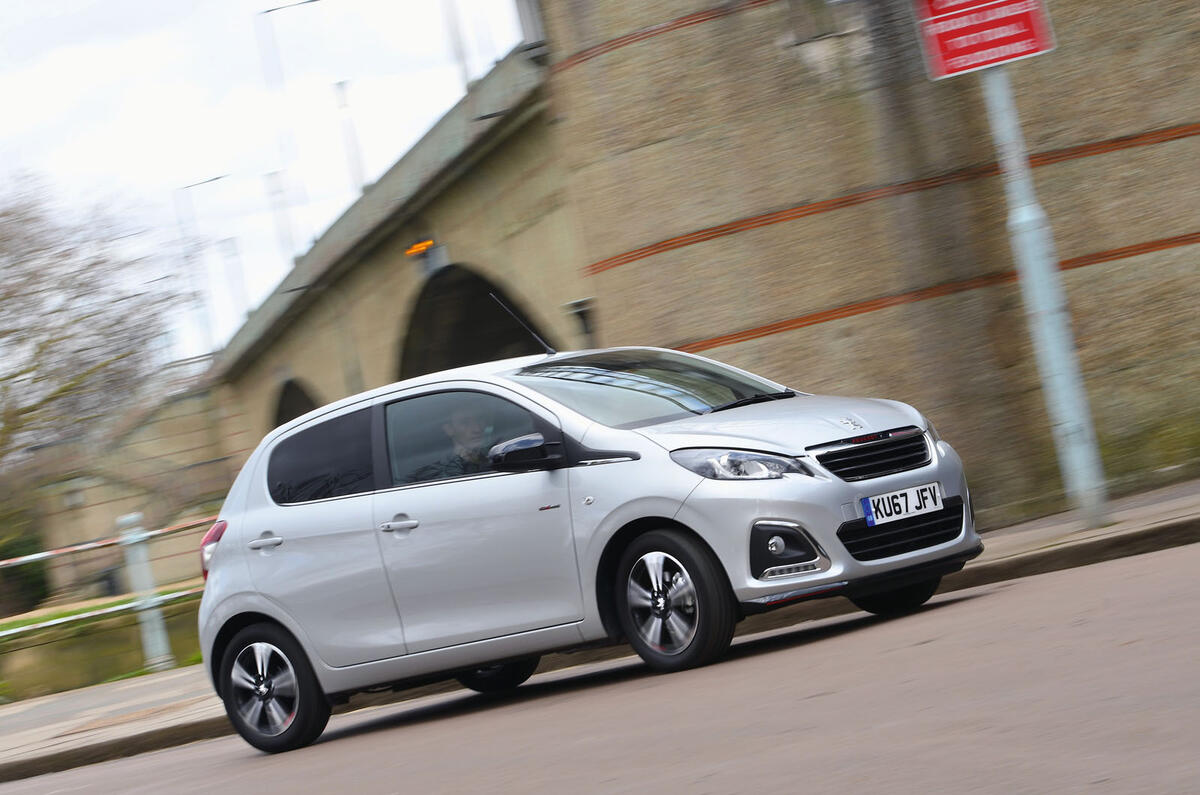

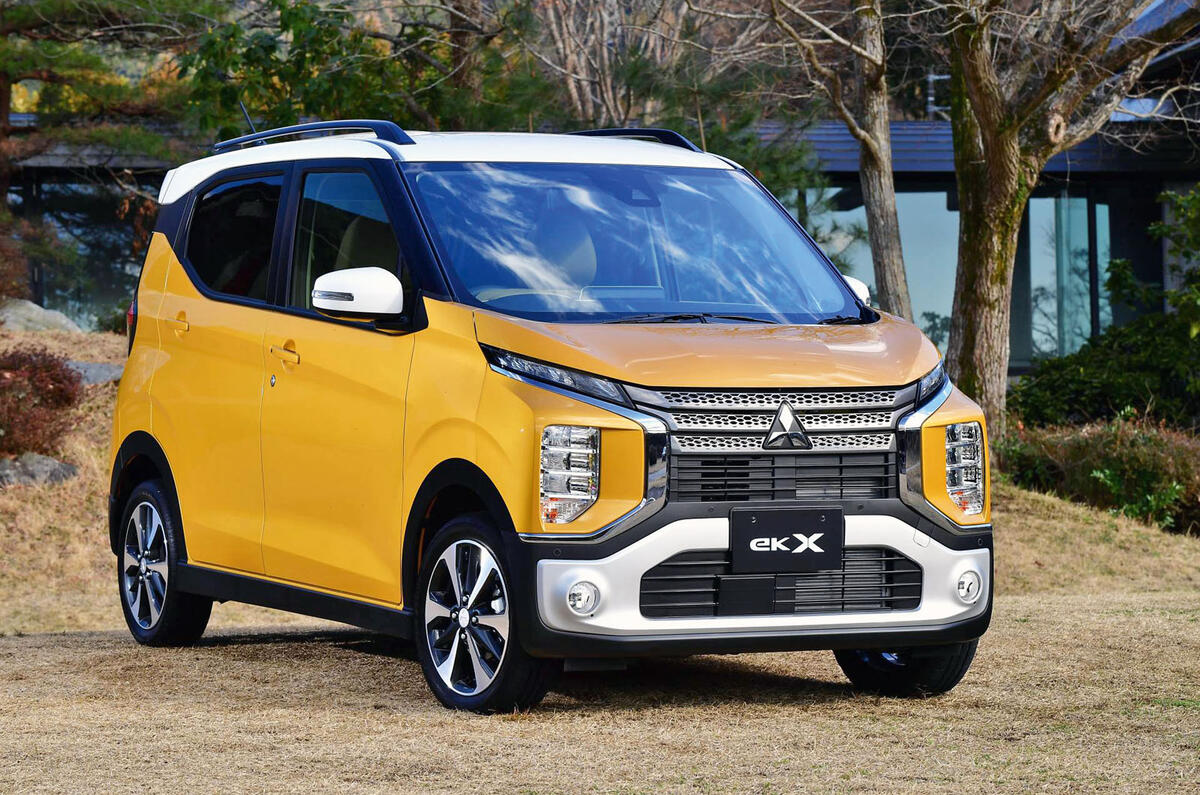
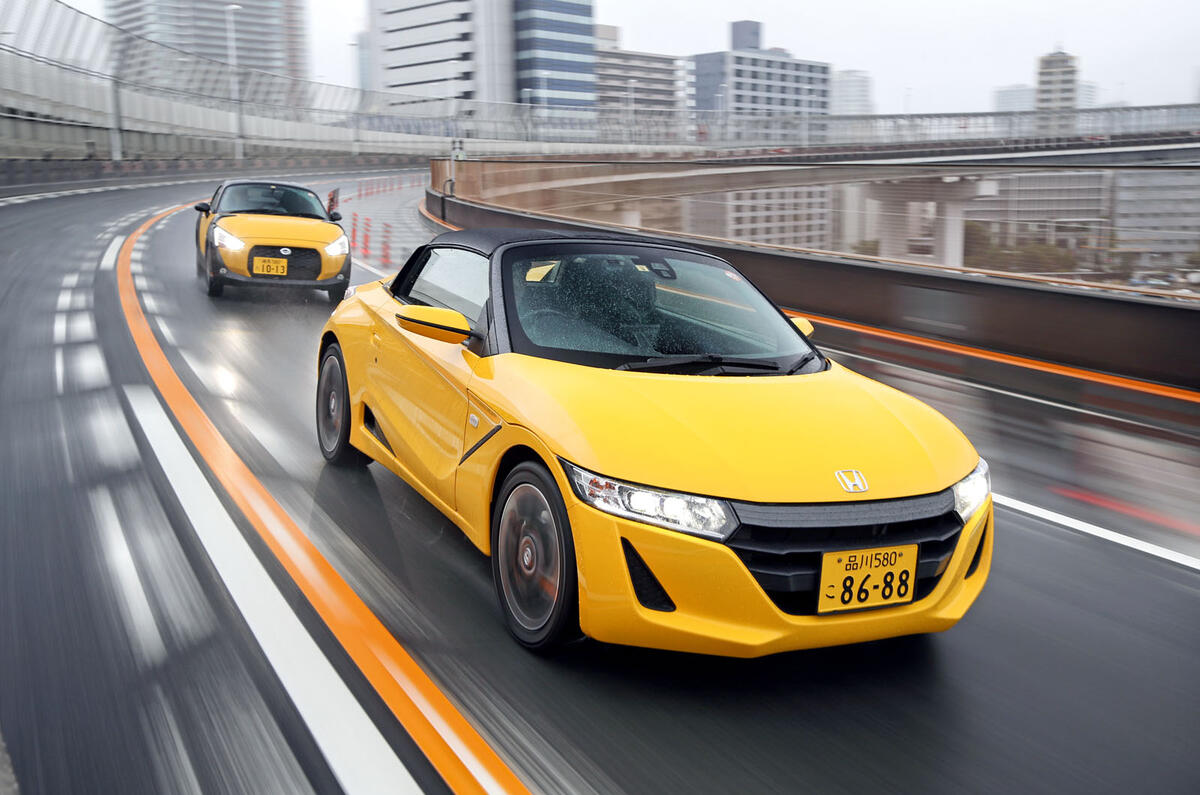
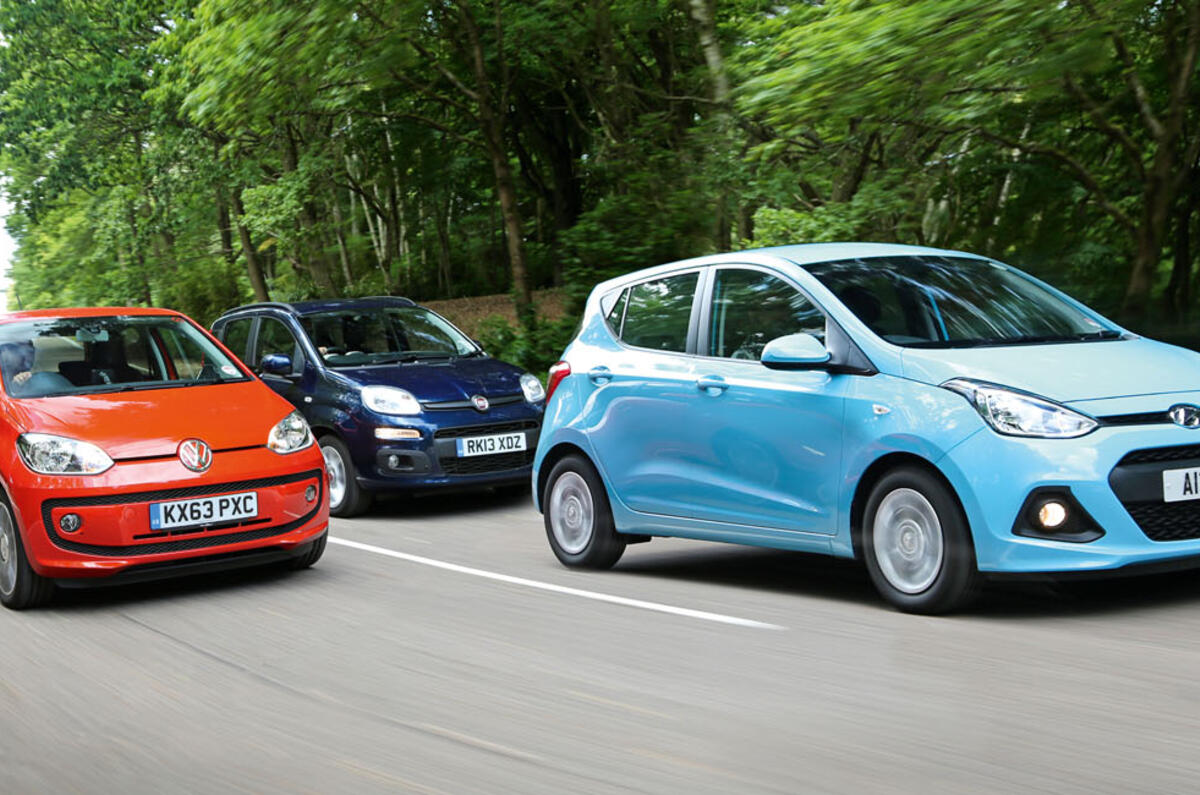
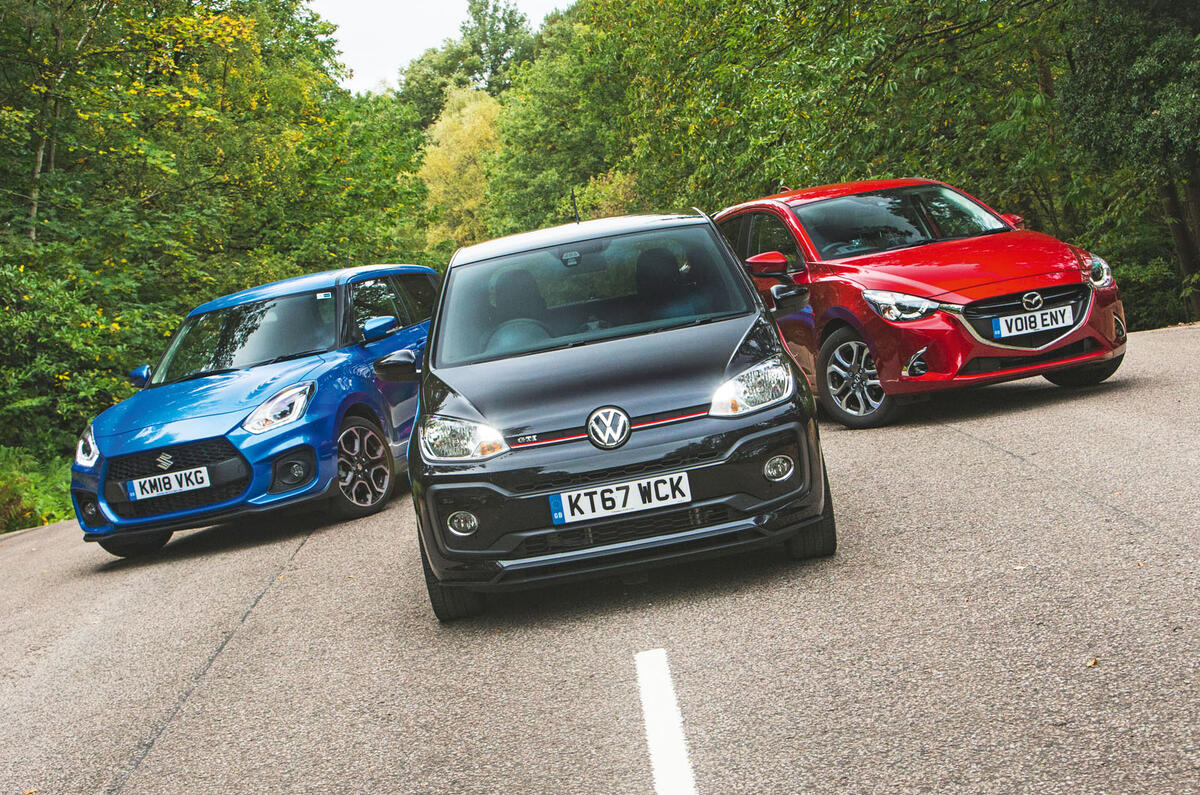
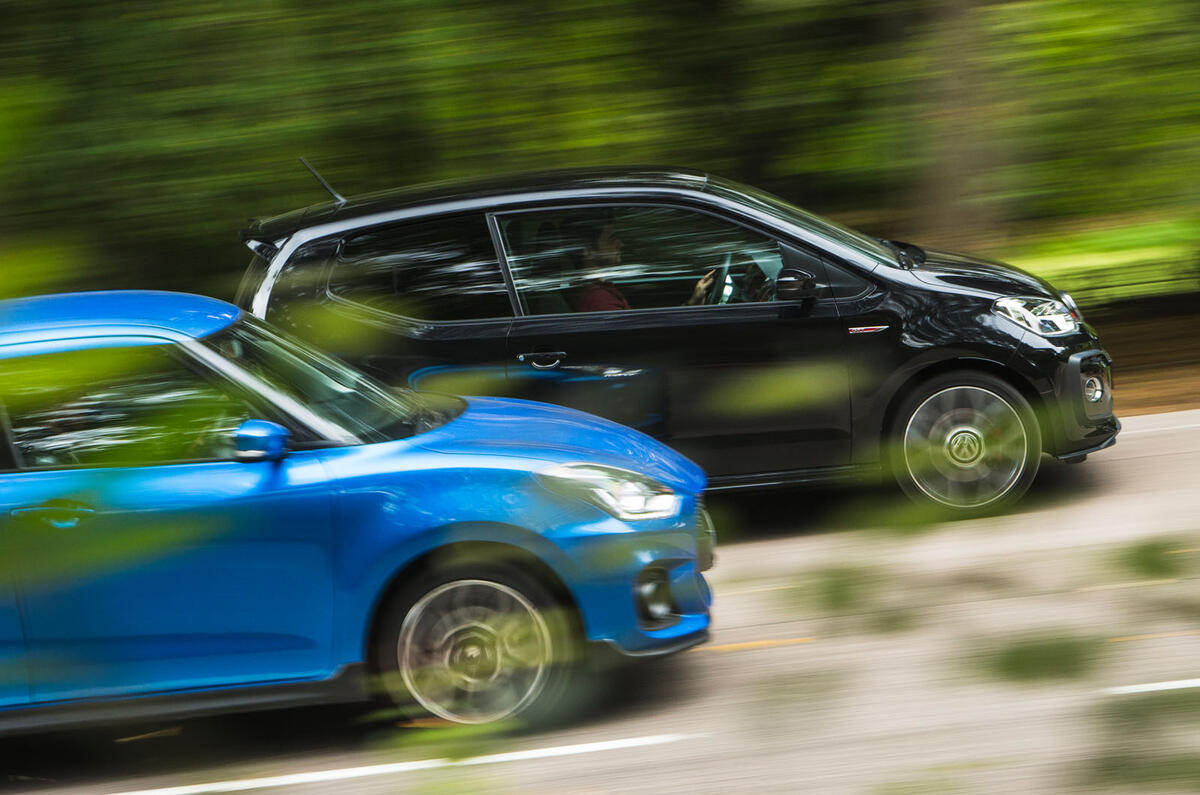
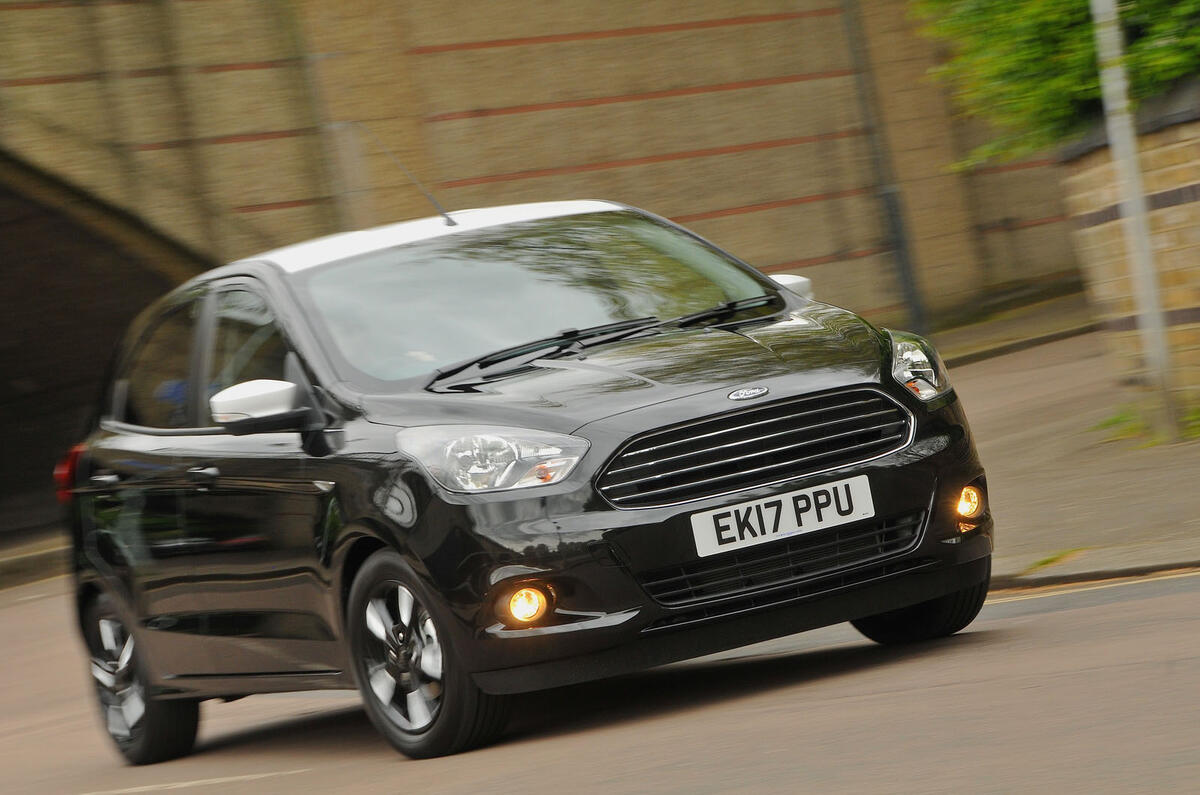

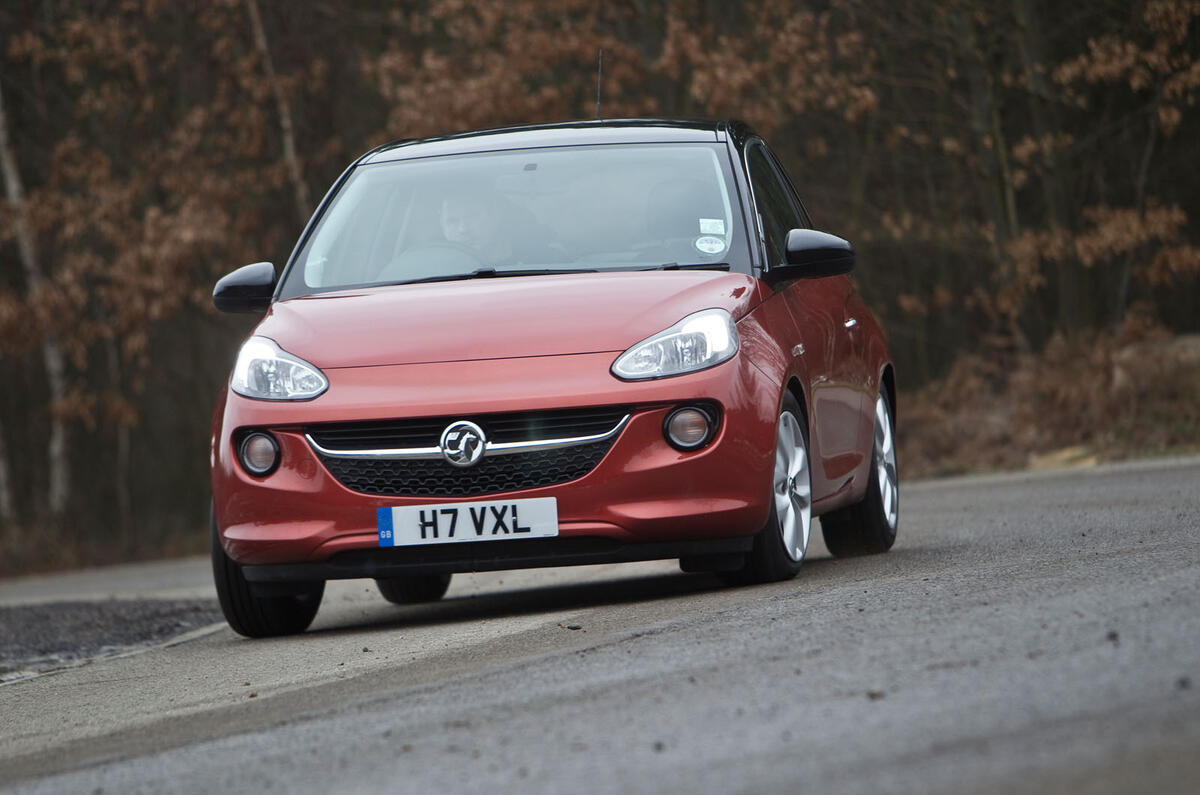

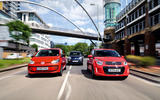
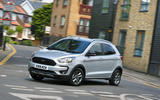
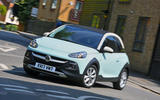
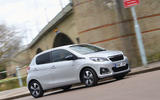
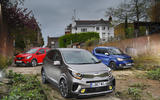







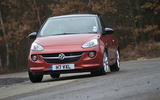
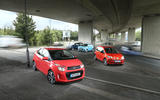


Join the debate
Add your comment
Few issues here
At the risk of sounding overly critical, I can't help but notice a few issues with this 'analysis':
I could go on. Granted, the loopholes around hybrid SUVs need slamming shut and the European Parliament needs to be more transparent about its decisions (and provide support for manufacturers to get ready in time), but this reads a bit too much like a hatchet job on behalf of the car manufacturers against a presumably soft target. Had the manufacturers been a bit more forward thinking in their model planning, we may not be in this position.
'The world is facing
'The world is facing environmental catastrophe - I know - let's legislate in favour of massive hybrids with flat batteries.'
How’s this for an idea?
Stick a £X0k surcharge on any car over a certain/size/value/emissions to subsidise the cost of battery powered city cars? Alternatively, leave it to the market, and I'm sure the manufacturers who are feeling very put out will find a way of fulfilling demand at an acceptable price point - just like every other time a new piece of legislation to get them to stop wilfully killing people has come out over the years.
In the mean time, the Up and it's mates have hit a point in their lifecycle where they stack up really well as cheapish electric cars for those of us who don't feel the need for a big gaudy truck.